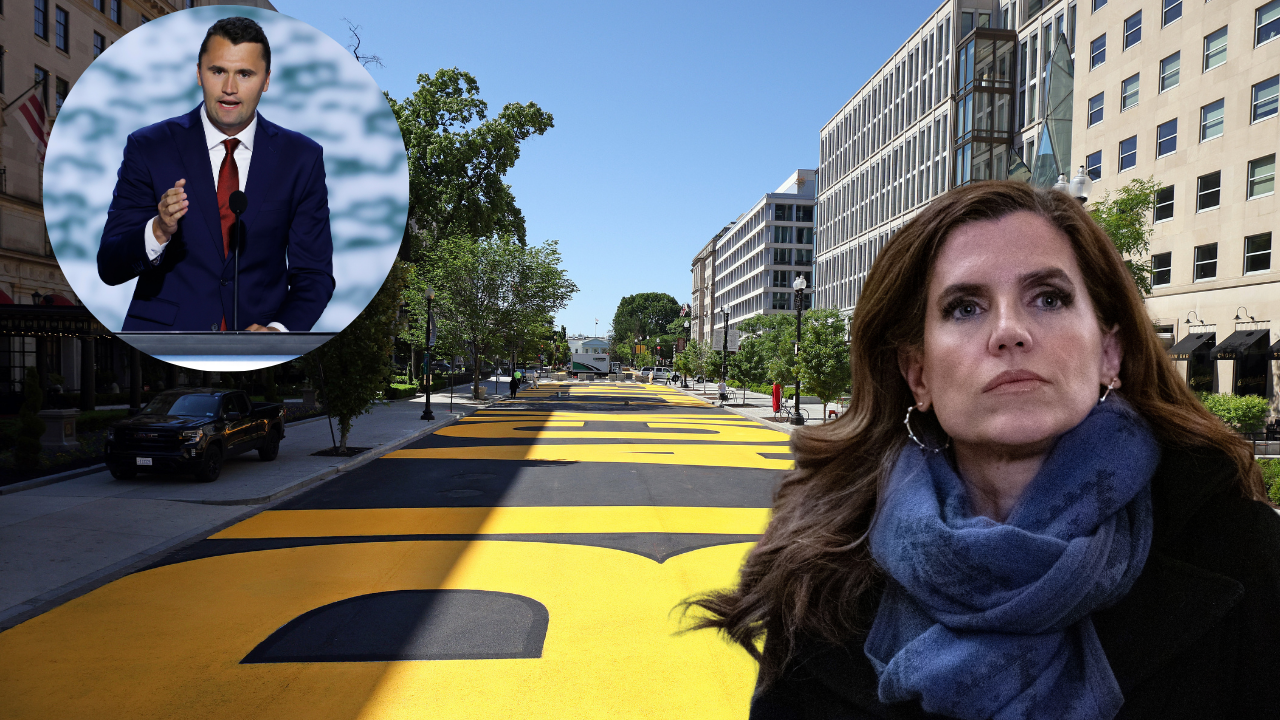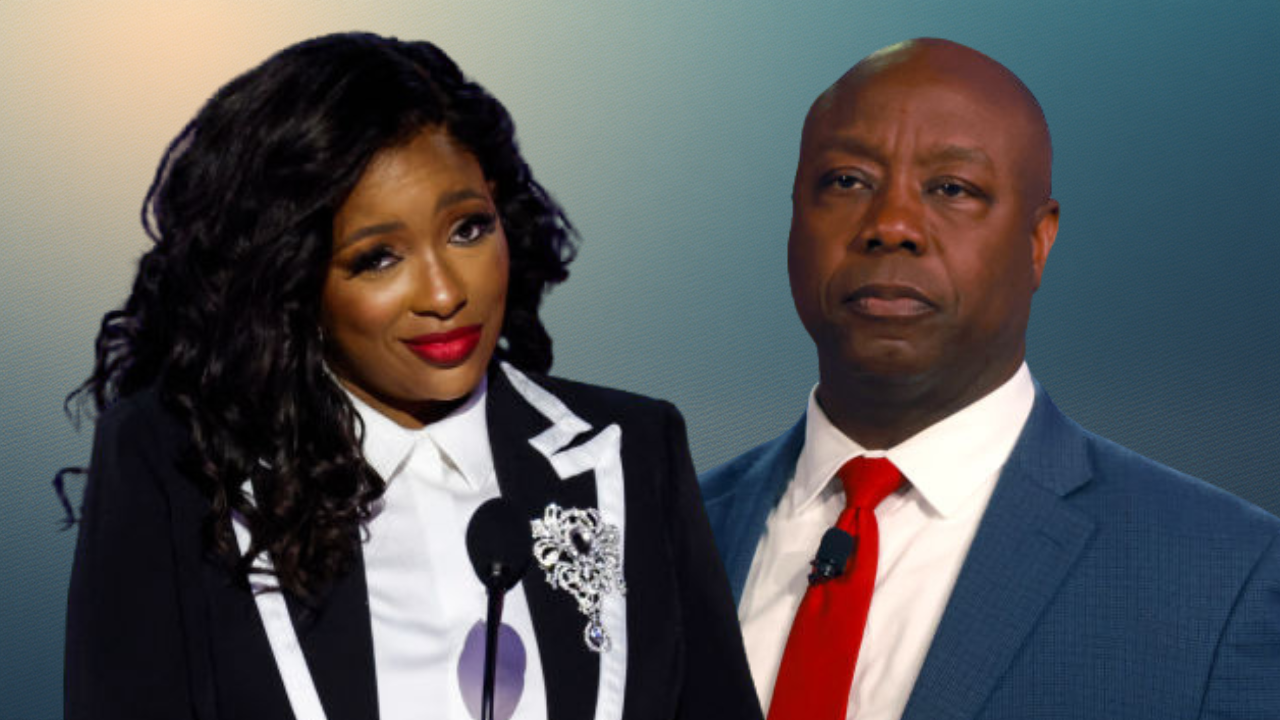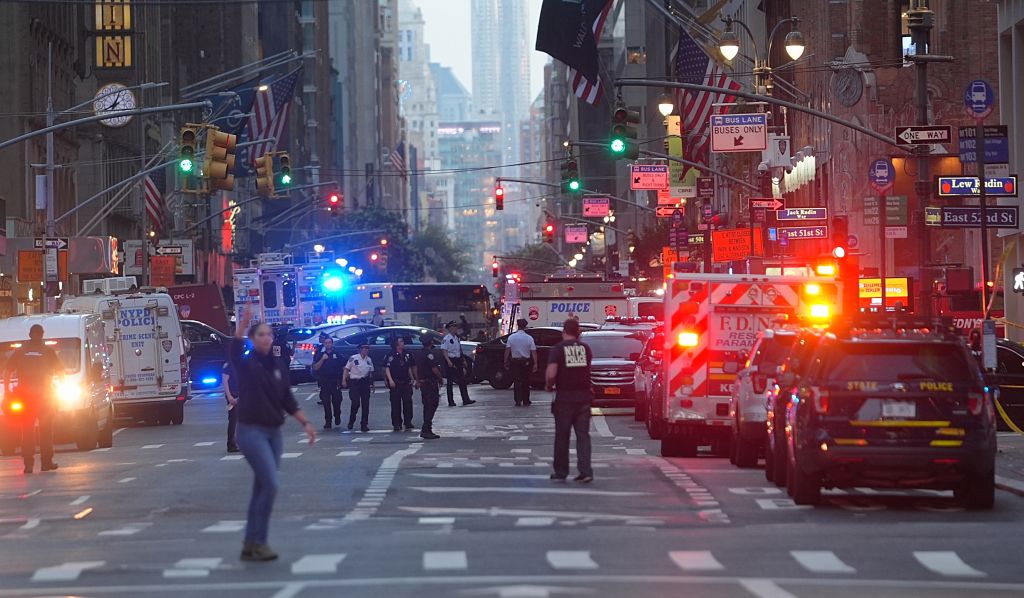Dance Theatre Of Harlem Returns To France After 20 Years — With Fire, Fashion, And Diaspora In Motion

When the curtain rises in Paris this February, the stage will shimmer in gold, crimson, and feathers. The Dance Theatre of Harlem (DTH) is bringing back Firebird — not the old Russian fairy tale, but a reimagined vision born from the Caribbean imagination of the late Geoffrey Holder. Choreographed initially to Igor Stravinsky’s legendary score, Firebird has always been about transformation. But in Holder’s hands, it became something far more vivid, a celebration of Black beauty and myth set in a magical Haiti.
Now, after 20 years away from French stages, DTH returns with that same fire, performing Firebird and other works across France in February and March 2026, including at the Palais des Congrès de Paris. “It’s a beautiful, lush, amazing idea, a new idea of what the firebird could possibly be,” says Robert Garland, DTH’s artistic director. “Most of the other productions rely heavily on the Russian, the old Russian look. And he threw all of that out. He created a sort of a scandal, Mr. Holder, with the tutu.”
When Geoffrey Holder Gave Ballet Its Caribbean Wings

Holder, a Trinidadian-American artist, dancer, and designer, was known for breaking boundaries. When he first unveiled Firebird in 1982, his costumes caused a stir. The traditional tutu had no front. Critics called it scandalous. “It’s absolutely perfect, because you know how the bird has the very slight legs? It accentuates the legs of the female dancer in such a beautiful way,” Garland says. “I call her a female superhero — the Storm of ballet.”
The look was daring: jeweled headpieces, sculpted gold crowns, and one-piece unitards in each dancer’s skin tone, draped with rope and shimmering fabric. The effect is ethereal, bodies both dressed and undressed, suspended between earth and fantasy.
Now, Leo Holder, the son of Geoffrey Holder, is helping bring those designs back to life. “We’re trying to make sure we’re doing everything to the letter of when it was performed the first time,” says Fatima Jones, DTH’s Chief Marketing and Advancement Officer. “We’re keeping the same costuming, the same production staging, all of that.”
“It’s definitely going to be a beautiful rendering of a great African-American and, by way of, a Trinidadian artist,” adds Robert Garland.
Paris, Harlem, And The Dance That Connects Them
For DTH, the return to France is a conversation between Harlem, Haiti, and Paris, places that have long echoed each other’s rhythm. “There’s always been this fun kind of play between Harlem and Paris,” Garland reflects.
“When you think about Mr. Baldwin, you think about Josephine Baker; there’s always been this interesting kind of thing that goes on. Arthur Mitchell, our founder, danced with a man, George Balanchine, who was the founder of the New York City Ballet. The thing that inspired him to come back to America was hearing jazz music played in Paris in a club. And that was indeed the turning point that brought him to America, and eventually to Harlem.”
That cross-cultural dialogue runs deep. Holder’s Haiti-inspired world connects with France not only through history but through aesthetics — both sharing a love of drama, opulence, and storytelling. The performance becomes a meeting point between continents, a dance between memory and imagination.
Arthur Mitchell’s Legacy Still Moves The Stage
The Dance Theatre of Harlem has been rewriting the language of ballet since Arthur Mitchell and Karel Shook founded it in 1969, in the aftermath of Dr. Martin Luther King Jr.‘s assassination. Mitchell, the first Black principal dancer with the New York City Ballet, built the company as both a refuge and a revolution: a place where ballet could belong to everyone, including those who had long been excluded from its story.
Garland sees that story as deeply rooted in the Black diaspora, a lineage of movement and music that predates ballet itself. “Our love as a people has always been towards movement. It’s not surprising that we would love to do something that involves movement, which would be ballet.”
Today, Arthur Mitchell’s legacy lives through DTH’s dancers, artists from the U.S., Brazil, Puerto Rico, Germany, and beyond, each one embodying a piece of that global conversation. Their performances carry the tension and tenderness of the diaspora, translating centuries of survival and brilliance into line and motion.
For Jones, DTH’s impact goes far beyond the stage. In New York, after performances, the company hosts “Meet the Ballerina” moments, intimate encounters that bring audiences face-to-face with dancers who look like them.
“When I first got to DTH, I’m like, oh, it’s going to be a bunch of kids. No, it’s kids and adults waiting to meet the ballerinas, Jones says.” “It’s just such a beautiful moment.”
Dance Theatre Of Harlem’s Fire Still Burns Across Borders
As DTH prepares to perform Firebird in Paris, Lyon, Bordeaux, and Roubaix, the excitement is palpable. The company’s elegance and energy have long captivated international audiences, but France feels special.
“The people of African descent that we’ll meet along the way — they’ll become family,” Garland says. ” I’m doing the best job I can to help represent and share with people what they can expect to see when they come into the theater. This company is gorgeous. You’re going to see some beautiful humans moving on the stage.”
Learn more about Dance Theatre of Harlem’s upcoming tour and history at dancetheatreofharlem.org.
The post Dance Theatre Of Harlem Returns To France After 20 Years — With Fire, Fashion, And Diaspora In Motion appeared first on Travel Noire.
What's Your Reaction?
 Like
0
Like
0
 Dislike
0
Dislike
0
 Love
0
Love
0
 Funny
0
Funny
0
 Angry
0
Angry
0
 Sad
0
Sad
0
 Wow
0
Wow
0





























